When it comes to purchasing or DIY-ing your outdoor wood furniture, the most important factor to consider is which type of wood to use. Different woods withstand different levels of weathering. Their resins, finishes, and characteristics make some a good fit for outdoor weather conditions, while others aren’t. It’s important to select the right type for your needs. If you’re looking to update your wooden outdoor furniture, the 16 wood species mentioned here are excellent choices for your outdoor space.
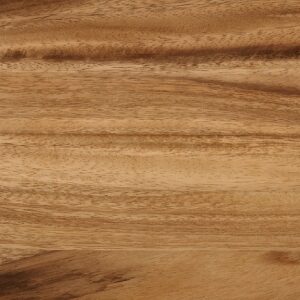 Acacia
Acacia
Acacia is a large genus of trees and shrubs found in tropical and subtropical regions all over the world. Some species of acacia are native to Australia, while others are found in Africa, Asia, and South America.
Acacia wood can vary in color and hardness. However, most species of acacia have a yellow or pale reddish color and a coarse texture. Acacias are usually hardwood, which means that they can be difficult to cut through because the wood is dense.
This also makes it a popular choice for furniture making because it is strong and durable. Acacia’s high oil content makes it very resistant to moisture and acts as a natural pest repellent. Acacia furniture can last for many years if it is well-maintained.
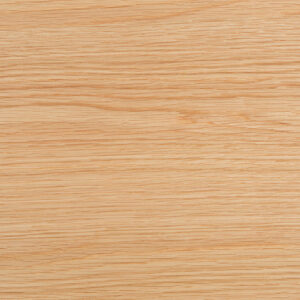 White Oak
White Oak
White oak is a white-colored wood that has been used in many applications over the years. It is most commonly found throughout North America and is called white because of its white color, which can range from pale gray to yellowish brown. The white oak tree is known for being strong and durable with a closed grain making it resistant to staining and shrinking. It’s much less porous than its cousin red oak.
White oak wood is used to make furniture, flooring, cabinetry, and other woodworking products. It is also a popular choice for barrels that are used in the aging of bourbon and other liquors because of its ability to impart flavor while protecting the contents from oxygen exposure.
White oak has been used as a long-lasting building material for centuries and is a popular choice for flooring. While it can be expensive due to its limited supply, it lasts much longer than other woods such as pine or spruce which means the investment pays off over time.
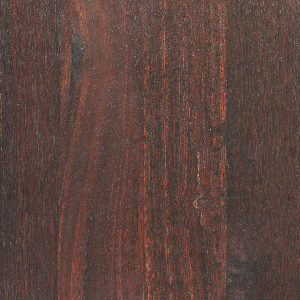 Jarrah
Jarrah
Jarrah wood, from Australia, and known for its super strength and as a long-lasting wood, making it great for outdoor furniture. This wood has a nice reddish color and ages very well. It doesn’t get damaged by insects or rot, and it doesn’t need a lot of care. The wood’s natural oils keep it from getting water damage. Jarrah is tough enough for everyday use and adds a stylish touch to outdoor spaces. Its mix of strength, easy care, and good looks make it a smart choice for outdoor furniture.
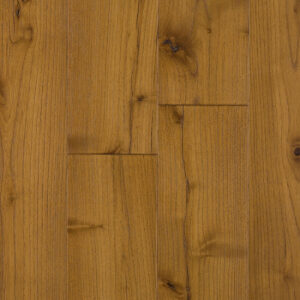 Black Locust
Black Locust
Black locust is a type of hardwood that is native to the eastern United States. The wood is heavy and strong, making it ideal for furniture and other large home construction projects.
Black locust is very weather resistant and won’t decay easily, making it a popular choice for outdoor projects. Although black locust can be challenging to work with, the end result is a beautiful and sturdy piece of furniture or construction project.
If you’re interested in using black locust wood, be sure to consult with a professional before starting your project. Black locust wood is a great choice for any project!
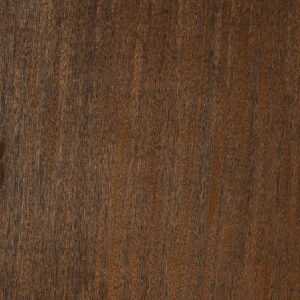 Ipe
Ipe
Ipe (Brazilian Walnut) is a Brazilian wood that has been gaining in popularity. It is known for its durability and resistance to the elements, making it perfect for any outdoor furniture project. Ike is a beautiful wood that has a reddish hue, giving it a warm look that will compliment any backyard.
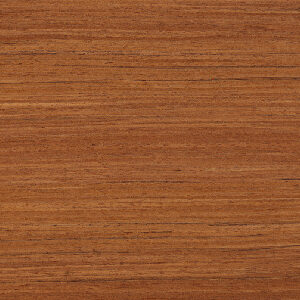 Teak
Teak
Teak is another popular choice when looking for the best woods for outdoor furniture projects. This low-maintenance, durable hardwood looks great with virtually any design.
Teak wood is best used in warm climates where it can soak up lots of sun. Its natural oils make it highly water resistant, which means it won’t bend and warp as other woods might. Some of the most common teak furniture include Adirondack chairs, picnic tables, and outdoor cabinets. Stop by any local hardware store or furniture outlet, and you’ll be sure to find garden furniture made from teak.
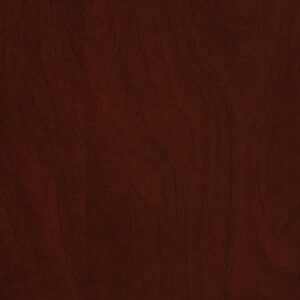 Mahogany
Mahogany
Mahogany is a classic choice for indoor furniture, and it’s no different when it comes to outdoor pieces. It has a beautiful reddish hue that will weather well over time and resist pests and decay. Mahogany is a hardwood and is best used in outdoor pieces where it can soak up lots of sun and be left outside for long periods such as decks, chairs, and tables.
Mahogany furniture is often expensive due to the high quality and durability of the wood. Mahogany is prized for its color, which can range from a light pinkish-brown to a dark reddish-brown, and its fine grain.
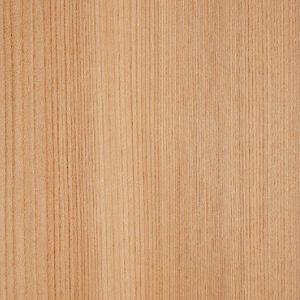 Cedar
Cedar
Cedar is one of the most popular choices for furniture and outdoor use because of its natural rot resistance to decay and termites. Cedar trees are found in many parts of the world, but the cedar most commonly used for lumber is western red cedar, which has a tight grain and reddish color. Cedar is also fragrant, adding a pleasant aroma to whatever it is used to construct.
Cedar has been used for centuries in a variety of applications. The cedars of Lebanon were famously mentioned in the Bible, and cedar lumber was used to build some of America’s earliest homes. Today, cedar is still popular for furniture and building projects because of its natural beauty and durability.
You can find cedar used in houses, boat building, patio furniture, roofs, cabinetry, and many other places. You won’t find a more durable and popular wood than cedar for your outdoor furniture.
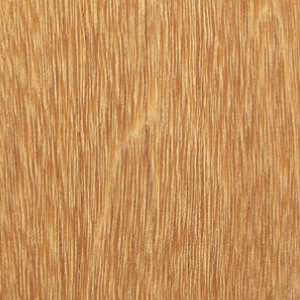 Shorea
Shorea
Shorea is a popular, eco-friendly hardwood that is often used for furniture and other wooden items. It is a highly durable wood with beautiful grain which makes it a popular choice for many homeowners.
Shorea wood is often called “The King of Hardwoods” because it has a high hardness-to-weight ratio. It ranks among the hardest woods in the world with an average Janka score between 1300-1700 PSI. This makes shorea wood a popular choice for outdoor furniture, flooring, and other high-traffic items. Shorea wood is also known for its beautiful grain pattern. The wood has a reddish hue with some darker streaks that can add character to any space.
Shorea furniture is often marketed as an affordable alternative to mahogany furniture. In fact, shorea is sometimes called “mahogany light” because of its similar appearance and properties. Shorea furniture is also known for being durable and long-lasting. If you are looking for an affordable, beautiful, and durable option for your outdoor furniture needs, then Shorea Wood may be the perfect choice for you.
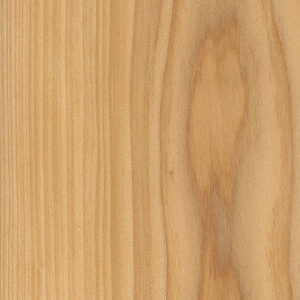 Cypress
Cypress
Cypress is a North American wood that is native to the southern part of the United States. It has a natural resistance to decay and pests, making it an ideal choice for outdoor furniture. Cypress also has a beautiful natural color that will weather well over time. Due to its natural oils, Cypress is rot and insect-resistant.
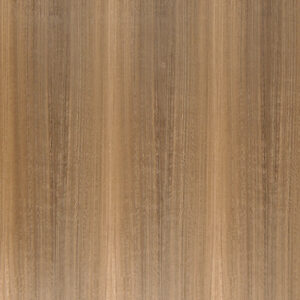 Eucalyptus
Eucalyptus
Eucalyptus wood is prized for its toughness, durability, and beautiful grain patterns. It is a sturdy and durable wood that can be used in many different ways.
Eucalyptus is a popular choice for outdoor furniture, flooring, and other construction projects. The wood is strong and resists pests and decay, making it a good option for outdoor use. It also has a pleasant smell that many people find appealing. Eucalyptus furniture is often more expensive than other types of wood furniture, but it is a good investment because it will last for many years.
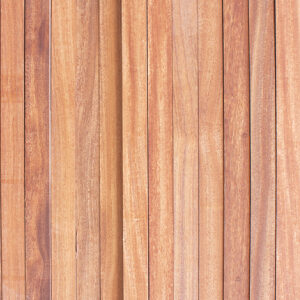 Redwood
Redwood
Another wood native to the United States, redwood is known for its strength against decay and pests as well as its natural beauty. Redwood can come in a variety of colors, so it’s easy to find one that will match your backyard décor.
White redwood is a strong and versatile wood; it is a softwood and is susceptible to dings and dents, so use it in low-traffic areas and on pieces that won’t get overused too quickly.
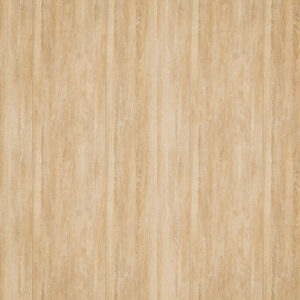 Oak
Oak
Oak is a classic choice for furniture, and it’s no different when it comes to outdoor pieces. It has a beautiful reddish hue that will weather well over time and resist pests and decay.
Oak is strong and durable. It can be stained or painted to create a variety of looks. Furniture made from oak typically has a classic look that will stand the test of time. Wood pulp, plywood, and chipboard are popular uses for oak lumber.
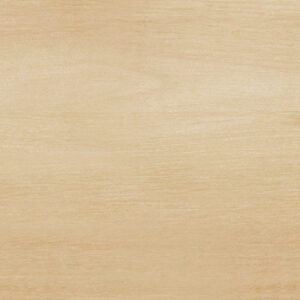 Pine
Pine
Pine is a popular wood for furniture because it is affordable and easy to find. As a softwood, pine isn’t as durable as some of the other options on this list. However, it still looks great and is perfect for those on a budget.
Pine doesn’t have the same natural oil content as some of the other woods, so it’s recommended to use a sealer every two years for an extra layer of protection.
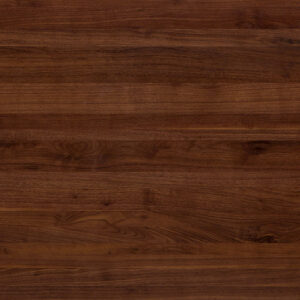 Walnut
Walnut
Walnut wood is a gorgeous hardwood that grows in temperate climates. It can grow in any of three main ways: as a freestanding tree, as part of the Juglans genus (a group of trees), or as part of the Fagus genus (another group).
Traditionally, walnut furniture is made from black walnut wood. The heartwood has an attractive, dark brown color with a slight reddish hue. On its own or combined with lighter wood tones in the same piece of furniture, it’s an excellent choice for home decoration.
Walnut wood can be used to make a variety of different items, including cabinets, tables, chairs, dressers, headboards, and more. While some pieces require you to use walnut veneer on top of another type of hardwood (like plywood), walnut itself is sometimes used to build furniture items.
Walnut is usually medium to heavy in weight and density but can vary based on where it was grown and how it was dried after being cut from the tree. It is very durable and strong, which makes it ideal for furniture.
Walnut lumber is available in a variety of widths and thicknesses, making it perfect for furniture-making. You can also find walnut dowels, which can be used to create unique designs with contrasting colors.
When working with walnut wood, it’s important to know that the sapwood (the lighter-colored wood near the bark) is not as strong and durable as the heartwood. The sapwood is also more prone to rot, so it’s important to seal it properly before using it in any construction project.
It’s also important to note that walnut trees can be susceptible to many types of rot and decay, so regular protection with a sealant is highly recommended when using walnut for outdoor furniture.
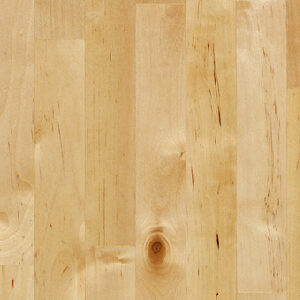 Maple
Maple
Maple wood is a hardwood that has been used for outdoor projects for centuries. There are many varieties of maple that can be found all over the world, including North America and Asia.
Maple wood is a popular choice for furniture because it is strong and durable. It also has a beautiful grain which makes it a popular choice for flooring, cabinetry, and other decorative items.
Maple trees are generally not affected by pests or diseases, making them a desirable choice for lumber. When selecting maple wood, be sure to choose a piece with a beautiful grain and few knots. This will ensure that your furniture or other projects will look great for many years to come.
A quick note on treated wood
Wood treatments and preservatives are commonly used to prolong the life of wood types that aren’t as naturally resilient to weathering and use.
Commonly used for outdoor furniture is pressure treatment (done professionally) or non-pressure surface finishes which can be applied at home; however, these may not last as long compared with naturally rot-resistant woods such as redwood and cedar. Even though they receive appropriate care in order to prevent damage from occurring early on – especially through dry conditions – eventually even treated woods like maple will show signs sooner than later due to both their material makeup but also because it lacks some natural protection mechanism against cracking/warping over time.
The type of wood you use for your outdoor furniture project will have a big impact on how long it lasts. With this information, you’re ready to get started on your next outdoor furniture project.














































































